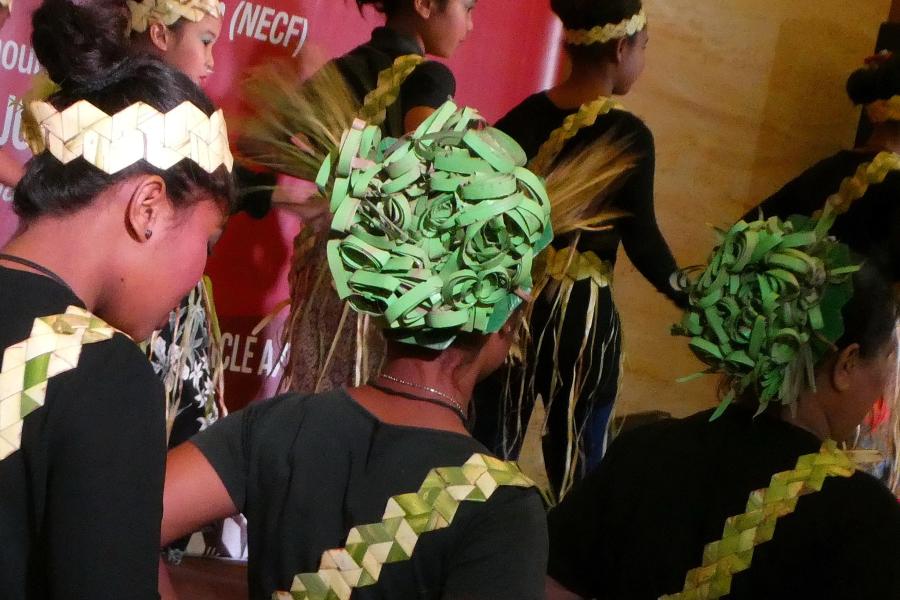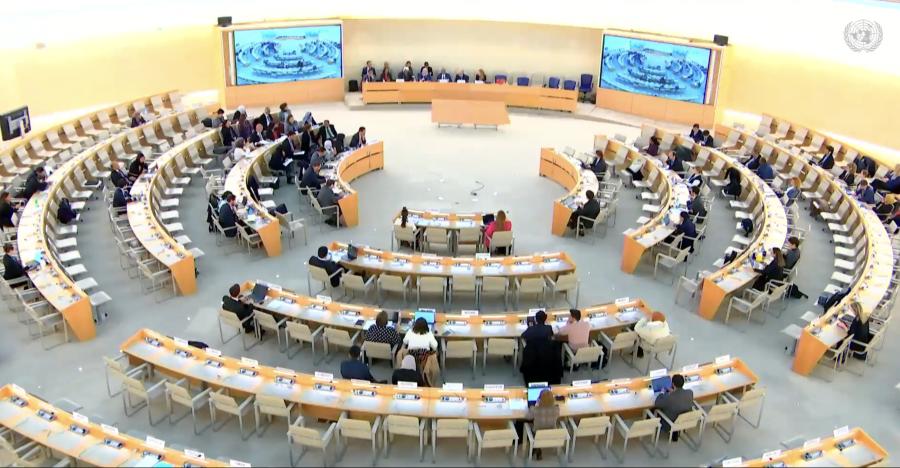A photo essay by Indigenous Dusun photographers
Cradled by Borneo’s Crocker Range and tucked in a narrow strip of state land, a handful of villages known collectively as Ulu Papar are helping to redefine the concept of conservation. Ulu Papar is located in the upper reaches of the Papar River, in the state of Sabah, Malaysian Borneo, where about 1,000 Indigenous Dusun people live in several settlements scattered across the area. Those villages include Terian, Buayan, Tiku, Timpayasa, Pongobonon, Kalanggaan and Longkogungan, and one small settlement, Kionop, that is located inside the Crocker Range Park, one of the most important protected areas in Sabah and an international tourism destination.
With no road access, the rugged and hilly terrain makes Ulu Papar remote and difficult for outsiders to reach. The Dusun people of Ulu Papar consider this area their ancestral land and depend almost entirely on their territory’s natural resources. They plant hill rice and wet rice, and they hunt, fish, and gather forest products for food, medicines, and construction materials. This, in turn, enables them to sustain an intricate knowledge of the kinds of plants, animals, and landscapes found in this area. “The forest resources we collect include rattans, resin, wood, medicinal plants, and meat,” says Buayan community member Mositol Sondigon. “We cannot get these resources from the market because our village is so remote. Also, we do not have money.”
For generations, the Indigenous Peoples of the state of Sabah have been relying on and managing their natural resources and landscapes. The long-term interaction of people with their environments has fostered unique forms of biocultural diversity, and their significant contribution to global conservation is gaining more widespread acknowledgement, particularly in the form of Indigenous and Community Conserved Areas (ICCAs).
As the name suggests, these areas are ecosystems that have a high degree of biodiversity and are protected by Indigenous communities. Both the International Union for the Conservation of Nature and the World Commission on Protected Areas have recognized the importance of ICCAs as conservation tools. At the Convention on Biological Diversity Conference of Parties held in Nagoya, Japan, in October 2010, a new biodiversity target was set to increase terrestrial protected areas from 13 percent to 17 percent by 2020. With an estimated 11 percent of the terrestrial surface under community ownership or management, the incorporation of as-yet-unrecognized ICCAs into formal protected areas networks represents the most effective way to reach this target. Not only does official recognition and incorporation of community conserved areas have benefits for global conservation, but it also promotes a shift towards a more equitable and just conservation framework, where the rights and responsibilities of Indigenous Peoples and local communities are acknowledged—a shift that is currently underway in Sabah.
The Crocker Range was first gazetted as a state forest reserve in 1969, then converted to a state park in 1984, and renamed the Crocker Range Park in 1984. Sabah law prohibits any resource extraction from inside parks, which means for the Dusun people of Ulu Papar that large tracts of their ancestral lands and the resources they need to live are now off-limits.
In the past decade, though, the parks authority in Sabah has initiated a consultation process that will lead to the establishment of a community-use zone inside the park. This will legalize community access to this area and open up ways for the local community to participate in the management of the resources and landscapes inside the park.
As part of that process, the community is conducting collaborative research into the potential for designating an ICCA on state land in Ulu Papar. They are also looking at the implications of combining that ICCA with a collaboratively managed community-use zone inside the Crocker Range Park. This is very progressive thinking in conservation management. “In my opinion,” says Buayan community member Jenny Sanem, “communities have a great deal of authority over ICCAs because they are the principle caretakers of their ICCAs. Communities manage their ICCAs by using Adat [customary laws and practices] and culture, which is inherited from the ancestors. The role of the community is to ensure that all of the Adat and culture they have must be passed down to the new generations.”
As part of the investigative process, a team of Ulu Papar community researchers has been documenting their traditional ecological knowledge, mapping their territory, and monitoring their use of natural resources and landscapes. Using methods such as participatory mapping, video, and photography, they are compiling a visual catalogue of community conservation in action, providing an opportunity to showcase the inextricable links between a people and their land and resources. Community photographers trained with renowned Sabahan photographer Cede Prudente and his team, in both technical and artistic photography techniques. In July 2010, some of their images were exhibited in Kota Kinabalu, Sabah’s capital city. What follows is a glimpse of the rich story that is being told through the eyes of Indigenous community researchers as they explore and define their roles as the local custodians and managers of nature, amidst a global movement to conserve our biocultural diversity. “My hope, says Buayan community member Lompokuk Tanggalung, “is that all the people and our descendants who live here will be able to continue their lives here forever. Even though the elderly will go, it is the younger generations who will continue this life and live here forever. That is our hope.”
Heather Leach is the outreach coordinator for the Global Diversity Foundation, a U.K.-based nonprofit organization that is supporting the Dusun people’s efforts to protect their environment (www.global-diversity.org).


